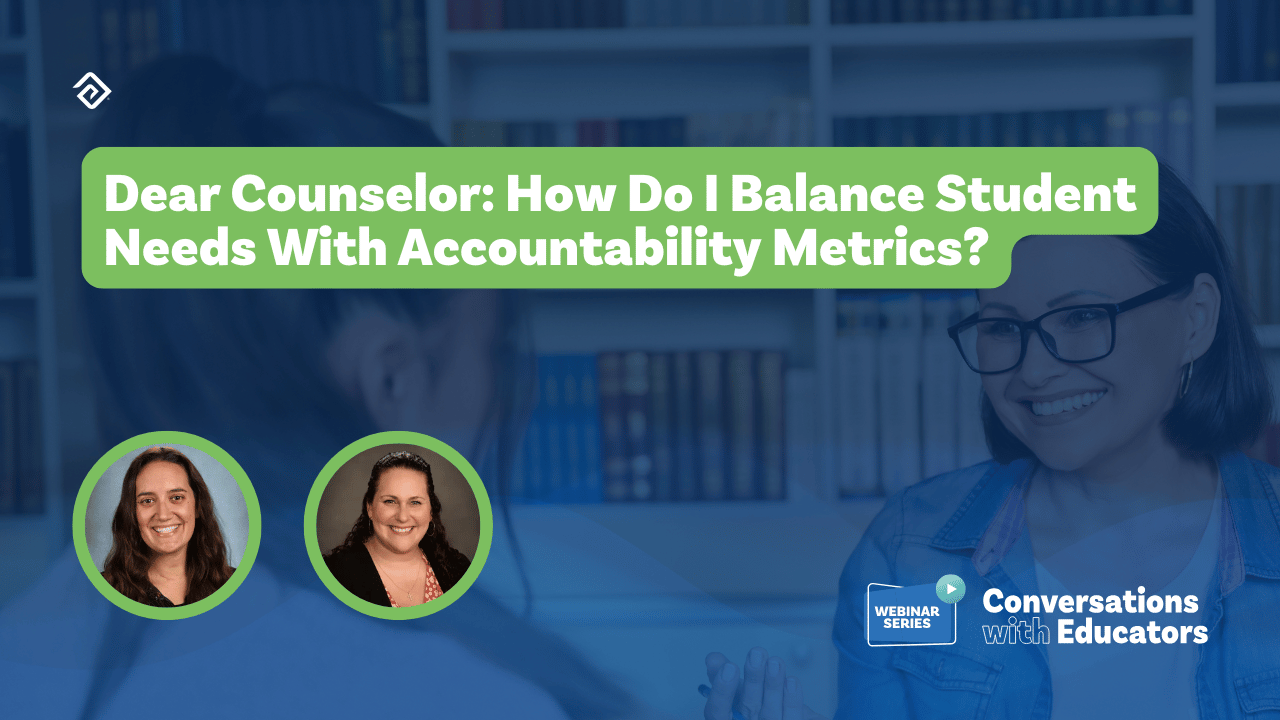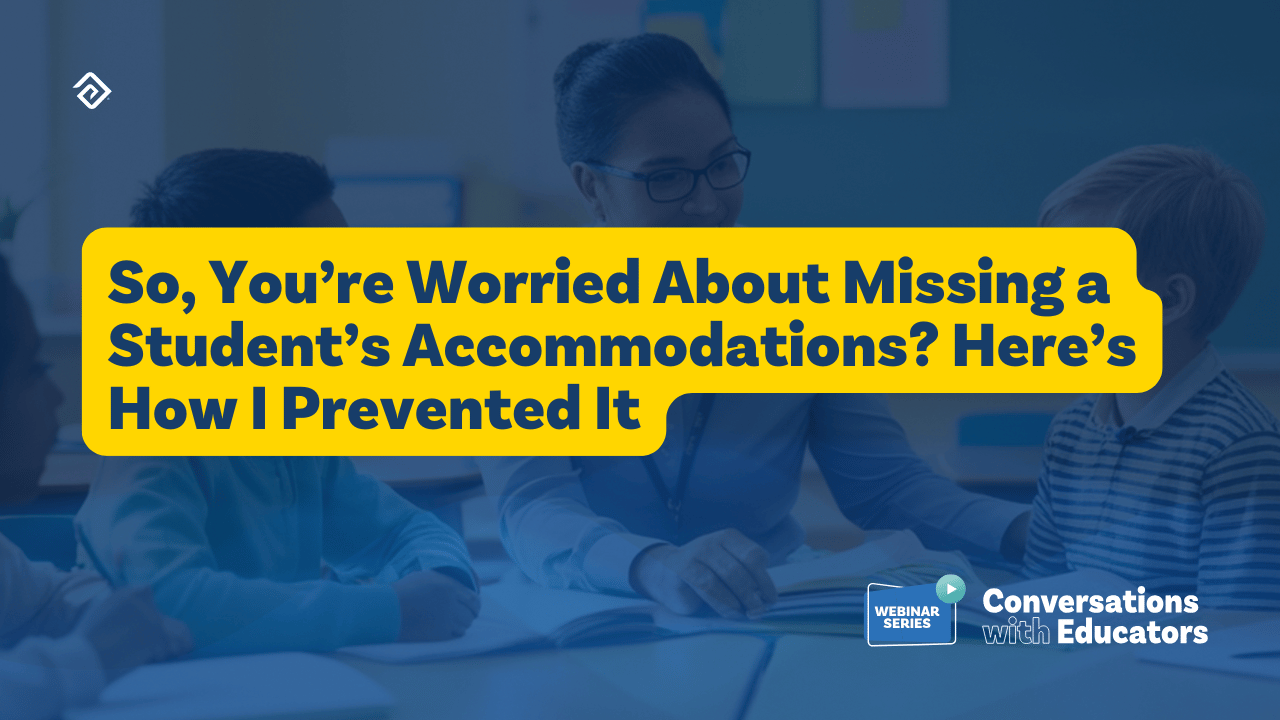The 504 Plan: What It Is and How to Implement It
What Is a 504 Plan?
A 504 plan is meant to give children with disabilities a little help in school so that they can fulfill their potential. These students don’t require special education but benefit from some specialized accommodations.
The plan gives everyone related to the student's education a solid idea of what needs to be changed to provide the student with a good education. The idea is to provide free appropriate public education (FAPE), and accommodations are made to ensure they get the same education as other students. The method may change slightly to allow for the differences.
The modifications do not change what the student learns, only how they learn it. With the 504 plan, students do not receive specialized services or instruction, such as speech or physical therapy.
Who Is Eligible for a 504 Plan?
The 504 plan is available to students with a physical or mental impairment that causes limitations regarding education. They should have a record of the impairment that outlines their diagnosis and the steps taken to improve symptoms — especially if those symptoms influence a child's learning environment.
While parents may request a plan for their child, the final decision comes from the school administrator. They will evaluate the child and then determine if their disability causes issues or limitations in any activities necessary for school. If so, they may be provided with a 504 plan.
Students don’t have to have a specific disability to qualify, but they should be evaluated if they have any mental or physical impairments that affect their education. Health impairments such as a disease, cerebral palsy, or a colostomy can count toward this, as can mental issues, learning disabilities, and traumatic brain injuries.
ADHD, autism, hearing impairments, and respiratory conditions are all examples of what could be considered limiting to major life activities.
According to the law, students have rights as follows:
- Right to accommodations and modifications to allow them to be educated
- Right to specialized services drawn up in the 504 plan
Parents also have rights, including:
- Right to access school records and evaluation results for their child
- Right to challenge the school district’s decision regarding education for their child, using due process
- Right to receive notification of a disability their child has
The school should consider the law as the teachers and administrators develop the necessary accommodations for each student. You can read more on the legal requirements for a 504 plan here.
What’s the Difference Between a 504 Plan and an IEP?
While these two plans have similarities, they are different. IEPs are managed by the Individuals with Disabilities Education Act (IDEA) and allow students with disabilities to study for free in the Least Restrictive Environment. Not all students are eligible for an IEP, even with a disability.
A 504 plan should be written out to ensure parents and teachers know what is expected. This plan will include any adjustments necessary to the learning environment to help the student learn. A 504 plan differs from an IEP because the school does not need to provide written notices or meetings before changing the plan. The student may still be suspended or expelled, if necessary, even if the behavior is related to their disability.
What Modifications Are Allowed Under a 504 Plan?
Accommodations or modifications may be small, or they may be more extensive. It changes for each student. For this reason, the school must be very aware of the student's limitations and should discuss the issues with parents and teachers, who are the most likely to understand the student and their needs.
Once the limitations have been outlined, it’s necessary to look for ways to reduce the effect. For example, a student may be provided extra time for their homework, a quieter environment for their test, or they could listen to the audio version of a textbook if reading is difficult or impossible. Blood sugar monitoring, wheelchair ramps, or even having textbooks kept in the classroom can also be accommodations made for a student.
In some cases, the school may provide a tutor to help the student stay up-to-date with their work. The school may also provide training to teachers and aides to ensure they are equipped to handle specific disabilities. For example, how to deal with a colostomy bag, do CPR, or manage ADHD behaviors.
Conclusion
School administrators strive to help all their students reach their potential — a 504 plan can help with this. It allows for individual adjustments that will help those who have a disability to keep up with their peers and receive a good education, just like everyone else.
If your school is interested in new ways to improve the learning experience for children, you may also be interested in automating tasks and streamlining processes so that your teachers have more time to teach. Education Advanced offers a large suite of tools that may be able to help:
- Cardonex, our master schedule software helps schools save time on building master schedules. Many schools used to spend weeks using whiteboards to organize the right students, teachers, and classrooms into the right order so that students could graduate on time and get their preferred classes. However, Cardonex can now be used to automate this task and within a couple of days deliver 90% of student's first choice classes.
- Embarc, our curriculum mapping software, helps teachers quickly analyze whether or not their curriculum is aligned with state and national standards as well as share best practice curriculum plans with other teachers to reduce duplication and with parents to keep everyone up to date.
- Evaluation allows school administrators to efficiently document every step of the staff evaluation process, including walk-throughs, self-evaluations, supporting evidence, reporting and performance analytics.
- Testhound, our test coordination software, helps schools coordinate thousands of students across all state and local K-12 school assessments while reflecting dozens of accommodations (reading disabilities, physical disabilities, translations, etc.) for students.
- Pathways is a graduation tracking tool that allows administrators and counselors to create, track and analyze student graduation pathways to ensure secondary students are on track to graduate and build an educated, talented workforce for the future.



More Great Content
We know you'll love




